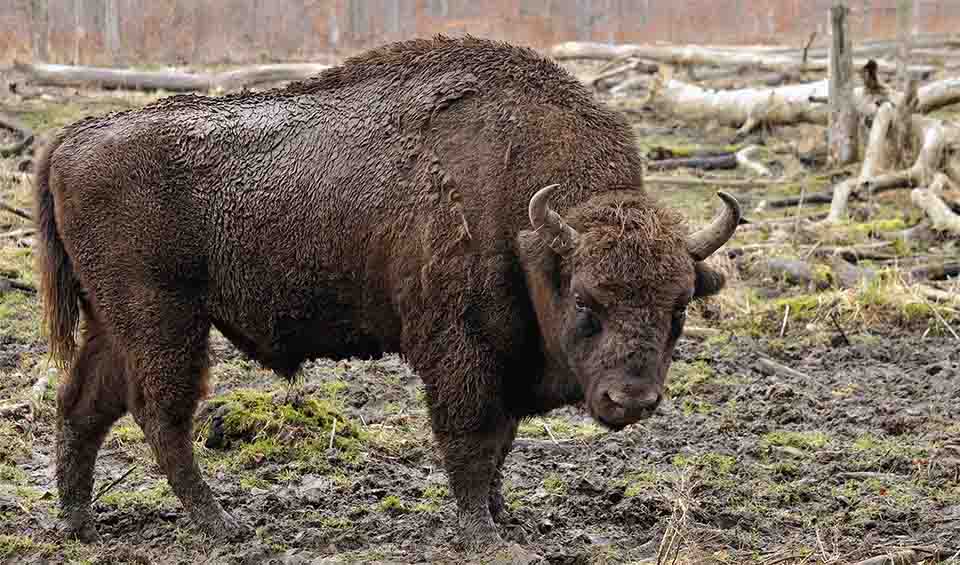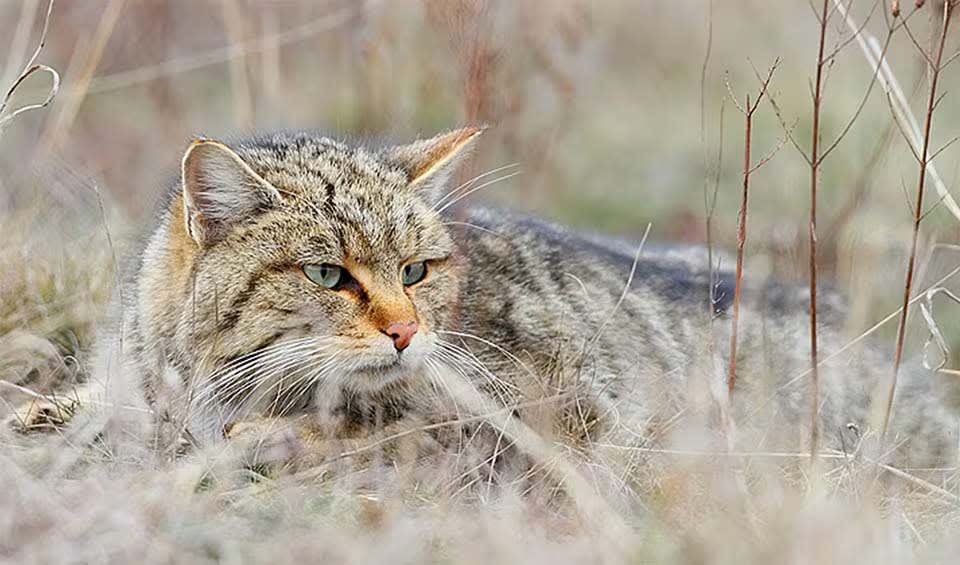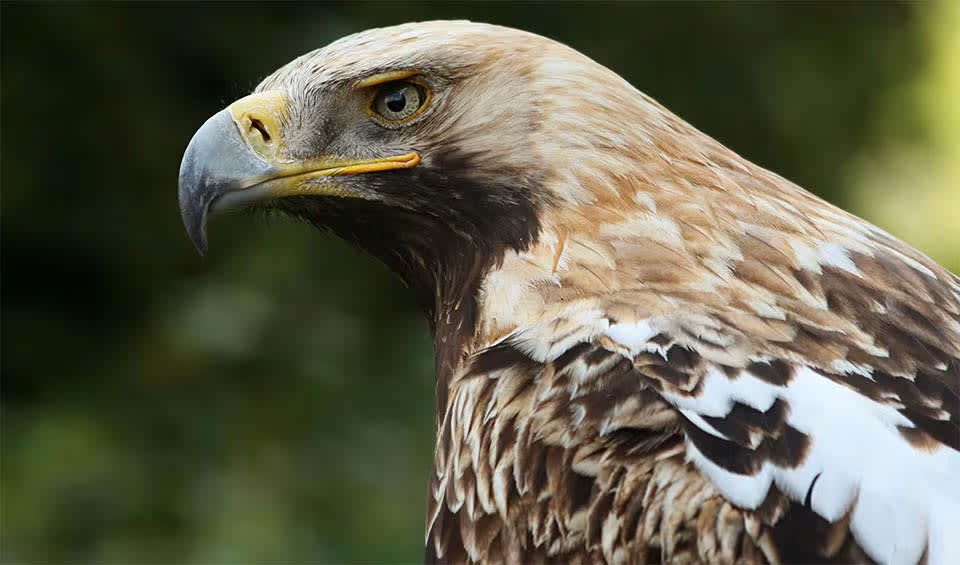Hungary boasts a diverse array of ecosystems, encompassing forests, wetlands, meadows, rivers, lakes, and underground caves. Each of these habitats harbors unique species, enhancing the country’s overall biodiversity. Wetlands are particularly noteworthy, serving as vital habitats for bird populations and ranking among Europe’s most significant. The Great Hungarian Plain, especially around Lake Balaton, stands out for its rich avian diversity. Forests are essential for Hungary’s biodiversity, providing homes for numerous plants and animals while also playing crucial roles in soil stabilization, water regulation, and carbon sequestration, aiding in climate change mitigation.
Hungary’s extensive network of rivers and lakes nurtures diverse aquatic life, including fish, amphibians, and waterfowl, contributing significantly to aquatic biodiversity. The country’s meadows and grasslands host a rich variety of wildflowers, grasses, and insects, supporting a vibrant ecosystem crucial for the survival of many native species.
Four pillars elaborated:
Hungary takes pride in its 10 national parks, which showcase a range of landscapes and ecosystems, providing visitors with opportunities for hiking, wildlife observation, and cultural experiences. In addition to these parks, Hungary safeguards 35 landscape protection areas, recognized for their scenic charm and ecological importance, promoting a harmonious blend of preservation and responsible utilization. Furthermore, Hungary demonstrates its dedication to conservation through the establishment of 145 minor nature reserves, each focusing on the protection of distinct habitats or species, thereby securing their continued existence for future generations. Land Management
Land Management
The primary threats to biodiversity in Hungary stem from human activities, including economic development, invasive species, habitat fragmentation, and climate change. Monitoring data from 2003 to 2006 revealed that 5.5% of the country is affected by non-native plant species. Forest biodiversity faces challenges such as excessive clear-cutting, removal of dead wood, overpopulation of game animals, and the spread of alien tree species. Threats to Biodiversity
Threats to Biodiversity
Transboundary environmental impacts, particularly in the Carpathian basin, further exacerbate these threats. Inland biodiversity is also impacted by habitat loss, water resource mismanagement, and pollution from water power plants. While the water quality of major rivers is acceptable, smaller bodies of water face higher pollution levels. Efforts to improve water quality, such as reduced fertilizer use and environmental investment programs, have shown positive results, particularly in lakes like Balaton. Ongoing conservation measures aim to further enhance water quality and mitigate threats to biodiversity across various aquatic ecosystems.
Hungary has integrated biodiversity considerations into various planning instruments, including the New Act on Forests and the National Environmental Programme. These efforts extend to initiatives like the National Rural Development Strategy and the National Fisheries Strategic Plan, emphasizing ecosystem-based management and the wise use of natural resources. The National Climate Change Strategy addresses biodiversity adaptation to climate change and ecosystem services. Capacity and Governance
Capacity and Governance
Tourism activities engage local communities and prioritize impact assessments, while the National Agri-Environmental Programme supports environmentally sensitive areas and offers financial incentives for farmers adopting favorable environmental practices. Additionally, Hungary participates in projects like the Biodiversity Technical Assistance Units, promoting public-private partnerships to explore business opportunities for biodiversity conservation.
The National Strategy for Biodiversity Conservation 2030 aims to restore at least 30% of degraded terrestrial, inland water, marine, and coastal ecosystems by 2030. This ambitious target seeks to enhance biodiversity, ecosystem functions and services, as well as ecological integrity and connectivity. Restoration efforts will focus on revitalizing ecosystems that have suffered from degradation, helping to improve their health and resilience. By restoring these vital habitats, the strategy aims to safeguard biodiversity and promote sustainable ecosystem management for the benefit of present and future generations. Future Trends
Future Trends
Biodiversity
Hungary’s river systems, particularly the Danube and Tisza rivers, are vital for the country’s biodiversity. These rivers and their floodplains provide habitats for a range of aquatic species, including fish such as the sterlet and the Danube sturgeon. The wetlands and marshes along these rivers, like the Kiskunság National Park and the Gemenc Forest, support numerous bird species, including the white-tailed eagle, black stork, and various species of herons and egrets. These areas are also important for amphibians and reptiles, contributing to Hungary’s overall biodiversity.The forested regions of Hungary, such as the Northern Medium Mountains and the Transdanubian Hills, are characterized by mixed deciduous forests that include oak, beech, and hornbeam trees. These forests are home to species like the red deer, roe deer, and wild boar. Bird species such as the black woodpecker, collared flycatcher, and Ural owl can also be found in these forests. The Bükk and Aggtelek National Parks are notable for their forest ecosystems and karst landscapes, which include caves, sinkholes, and underground rivers.
In the table below are the number of known species in several main groups, how many of these species are Threatened with extinction, and how many of them are Endemic (unique to Hungary only):
| Species (World rank) |
Threatened | % Threatened | Endemic | % Endemic | |
|---|---|---|---|---|---|
| Mammals | 85 (#134) | 3 | 3.5% | ||
| Birds | 284 (#136) | 14 | 4.9% | ||
| Reptiles | 16 (#168) | 1 | 6.3% | ||
| Amphibians | 17 (#112) | ||||
| Fishes | 83 (#192) | 6 | 7.2% | ||
| Plants | 2,825 (#129) | 43 | 1.5% | 17 | 0.6% |
mammals
Brown bear
The second largest bear, right after the polar bear. Sadly, it well might top the list soon
European bison
Habitat destruction & overhunting led to extinction in the wild, now gradually being reintroduced
European wildcat
The ancestors of domestic cats are widespread in Europe, western Asia, and Africa
birds
Alpine / Yellow billed chough
The master aerial diver and swooper
Snowy owl
There is more to this species than its majestic coat of thick white feathers and piercing yellow eyes
Eastern imperial eagle
Its imperial imagery and fierce demeanor have made it a symbol of power and nobility throughout history
reptiles
European adder
A venomous snake native to Britain and found all across Europe
Viviparous lizard
One of the few reptiles that can not only lay eggs but also give birth to live young
European pond turtle
At the first sign of danger, it will quickly dive into the water and hide
amphibians
Common frog
It is one of the most widespread and familiar amphibians in Europe
Smooth newt
They have the ability to regenerate lost limbs and other body parts, a superpower in the animal kingdom!
Yellow-bellied toad
Has the ability to survive in varying water salinity levels, which is unusual for freshwater amphibians
National Animals
Saker falcon
Their keen vision enables them to scan vast landscapes, identifying small movements or potential prey items even from high altitudes

















